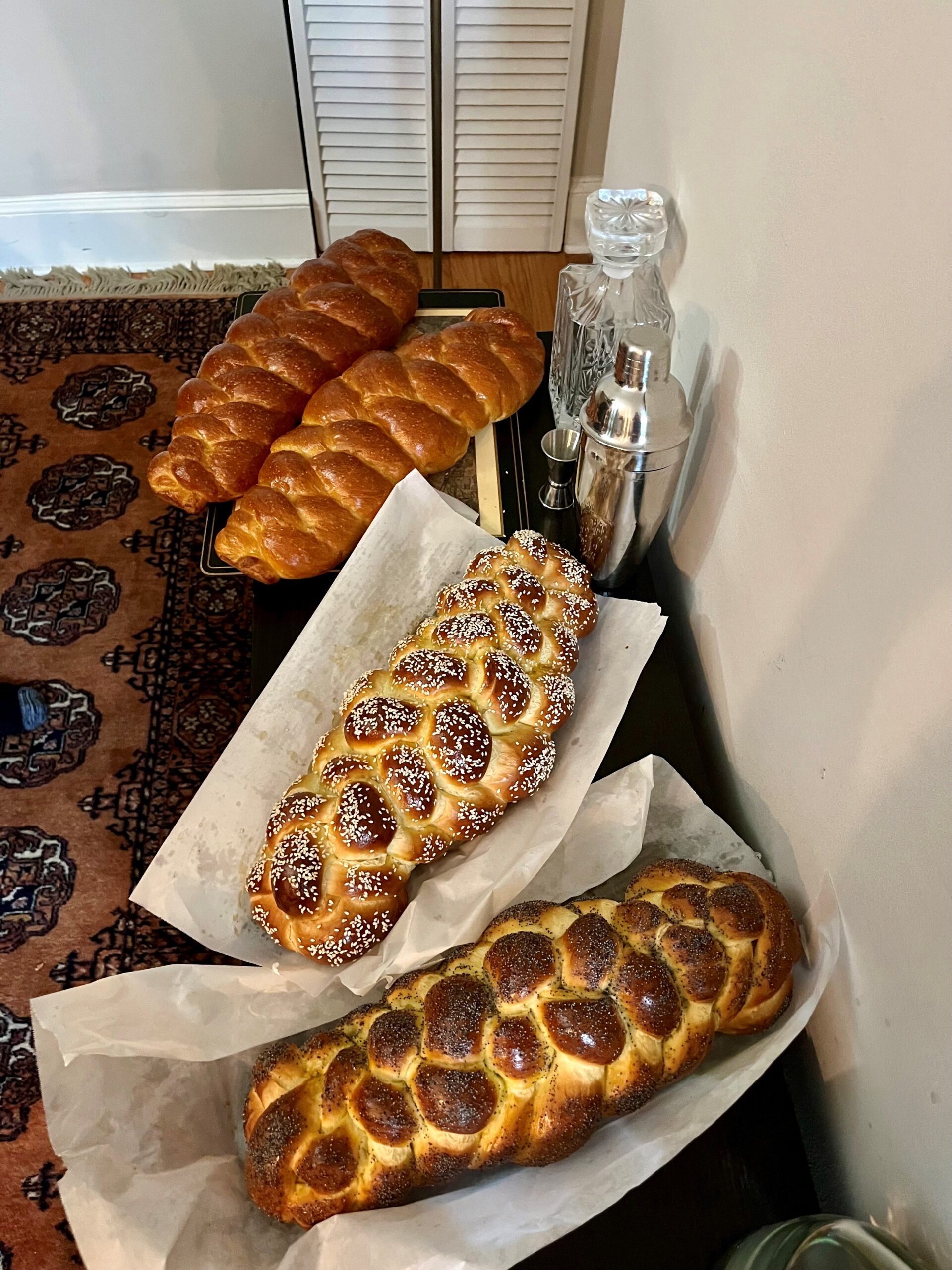SCOTUS Rules Anti-Abortion Group Lacks Standing to Bring Suit WASHINGTON, D.C. – June 13, 2024 – Today, the Supreme Court ruled the Alliance for Hippocratic Medicine lacked standing to challenge the U.S. Food and Drug Administration’s (FDA) approval of...

The Global Jewish Table
This month as we mark Jewish American heritage month, there are many reasons why I cherish my Jewish identity – the teachings of תִּיקּוּן עוֹלָם (Tikkun Olam, a value that translates to “repair the world”), our history of commitment to civil rights and the pursuit of social justice, our dedication to scholarship, literacy, asking questions, and digging deeper into everything around us. However, there is one part of being Jewish that is undeniably my favorite: the food.
I’m lucky to live a block away from Common Good City Farm – an urban farming oasis that serves the local community – where I stumbled across Fish pepper seedlings for sale. I knew nothing about them, but figured they would be a cool addition to my chili pepper garden, so I bought one on a whim.
The history of Fish peppers is hard to trace, but they are believed to have initially been introduced by Haitian traders sometime in the 19th century. The fruit became popular among enslaved people and flourished in the Chesapeake Bay region of Maryland, earning the name due to its popular use in seafood dishes. Then, in the early 20th century, the Fish pepper’s popularity declined until it disappeared entirely from menus and seed catalogs.
That is, until 1995, when a man named William Woys Weaver discovered fifty year old seeds stored away in the back of his grandfather’s freezer. Weaver’s grandfather, a beekeeper, received the seeds in exchange for offering bee sting therapy to a Black artist named Horace Pippin in the 1940s. Thanks to Pippin’s barter, today Fish peppers are back alive and kicking across the Mid-Atlantic.
At this point, I was so excited about the addition of the once extinct pepper to my garden that I was sharing the story of the Fish pepper with anyone around me who would listen. But then, I made another discovery: Michael Twitty, the food historian who has documented much of the Fish pepper’s history, is Jewish! In 2022, Twitty published an African-Jewish cookbook, titled Koshersoul. In his own words, Twitty describes Koshersoul as “a book about a part of Black food that’s also Jewish food… [and] a book about Jewish food that’s also Black food, because it’s a book about Black people who are Jewish and Jewish people who are Black.”
When most people hear the words “Jewish food,” I’m sure that quintessential deli fare like challah bread, bagels, rugelach, pickles, latkes, smoked fish, and matzah ball soup come to mind. Foods like these brought my family together for every Jewish holiday throughout my childhood – I associate them with belly-aching laughter alongside my cousins in my grandmother’s kitchen and the tellings and retellings of our favorite family stories. Now as an adult, I feel most connected to my Jewish identity when I bake my own challah or host Shabbat dinner for my friends.

While these are my favorite foods, and I consider the iconic New York deli Zabar’s to be my ultimate happy place, they fail to capture the diverse, flavorful, and expansive picture of Jewish cuisine.
Jewish cuisine spans almost every region of the world, and varies greatly. Panama City, home to the largest Jewish community in Central America and over 40 kosher restaurants, blends in local flavors like lime, cilantro, and plantains. Ethiopian Jews enjoy Dabo, a special bread that is considered a staple for festival meals like Shabbat, and make their own version of soft Matzah called Yhafesca Kit’ta for Passover. Moroccan, Syrian, Iraqi, and Yemini Jewish cuisine incorporate dried fruits, nuts, and local spices like saffron. American Jews also have a special love affair with Chinese food – they’ve been eating it on Christmas for over 100 years.
Michael Twitty is just one testament to the global, complex story of Jewish cuisine. Imani Jackson, owner of a “Blewish” (Black and Jewish) catering company in Minneapolis, serves Levantine street food with an African American barbeque-style twist. Molly Yeh, a Food Network star who is Chinese and Jewish, fuses her identities by making pastrami egg rolls.
Reading their stories and recipes, and learning about their passion for making space for all the variations and flavors of Jewish cuisine brings me a deeper appreciation for my Jewish identity, the food I love, and its history. Now I hate to cut this piece off so abruptly, but I’m making Dabo for the first time and I need to put my loaf in the oven now. Here’s a recipe if you want to join me!

